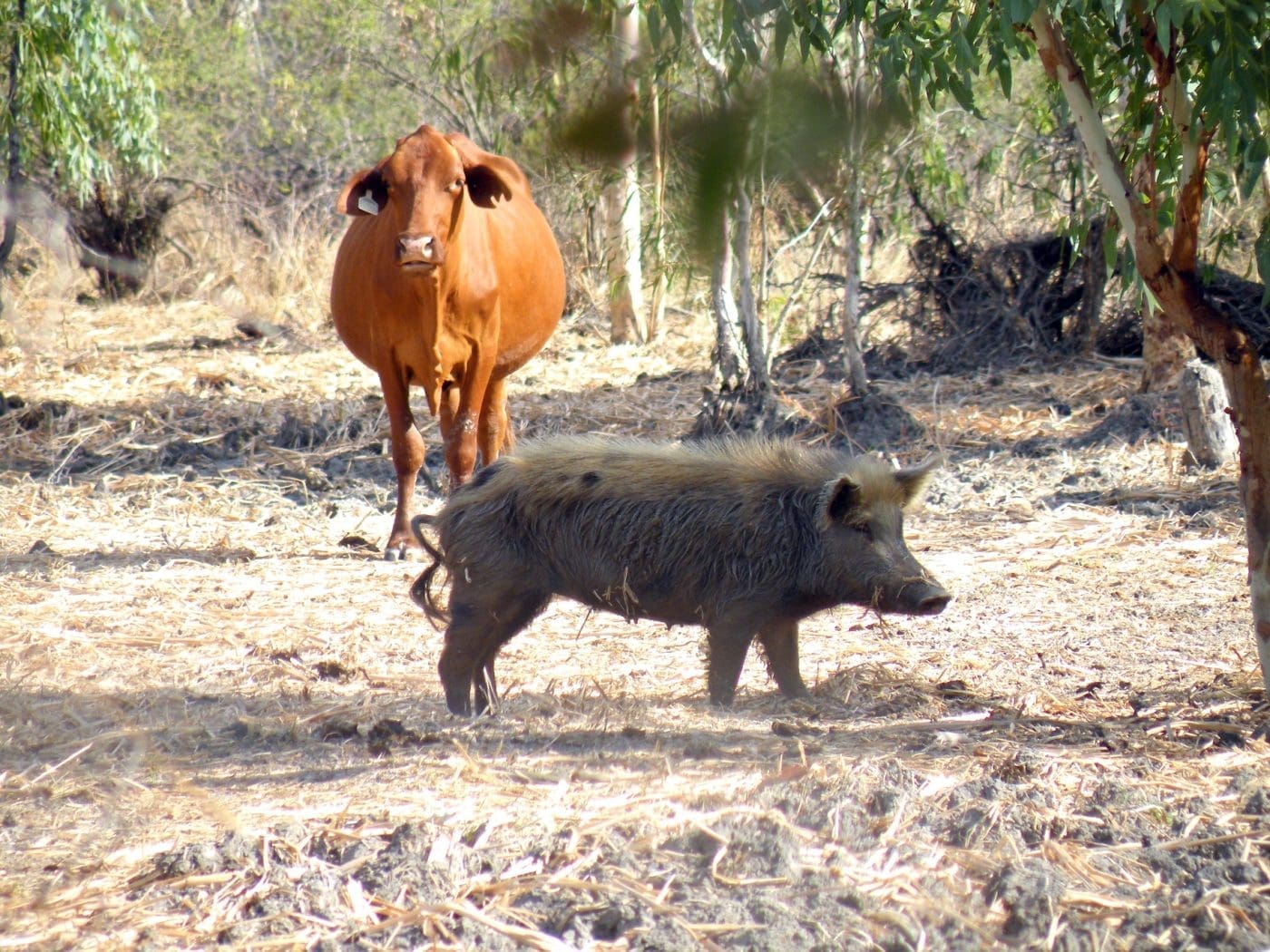THE potential revival of commercial harvesting of feral pigs faces significant business and market challenges, according to a new National Feral Pig Action Plan report.
The report has been published as part of the development of the National Feral Pig Action Plan, a $1.4 million Federal Government initiative driven in part by the potential for Australia’s feral pig population feral pigs to spread African swine fever and infect Australia’s commercial pig herd.
Due to their biological similarity to the European boar, commercial harvesting of the Australian feral pig has previously enabled significant volumes swine product to be processed for overseas markets. While the annual value of the industry peaked at $50 million in the mid 1980s, the harvesting of feral pigs for export has endured volatility on a number of fronts for many decades.
 Chair of the Steering Group leading the development of the National Feral Pig Action Plan, John Maher, said the business case for feral pig harvesting was important to weigh-up as part of a nationally coordinated feral pig management plan.
Chair of the Steering Group leading the development of the National Feral Pig Action Plan, John Maher, said the business case for feral pig harvesting was important to weigh-up as part of a nationally coordinated feral pig management plan.
“I’m especially interested in understanding any commercial opportunities to help better control the feral pig population in Australia, which is estimated to be up to 24 million head,” Mr Maher said.
“A lot of stakeholders we’re talking to remember when feral pig harvesting was viable on the back of strong export demand for wild boar meat. Not only did that help control our feral pig numbers, it also generated employment and millions of dollars of economic activity in regional Australia.
“As we develop a preliminary Action Plan to present to the Federal Department of Agriculture by January 2020, the potential for a revived feral pig harvesting industry is important to consider.”
The annual value of the feral pig harvesting industry ranged from $10 million to $50 million between 1980 to 2010, but the commercial trade became increasingly unviable over the past decade due to a number of factors, including increased competition in overseas markets.
Mr Maher said the economic viability of commercial harvesting has also been undermined due to the logistical challenges and the cost of harvesting pigs over large areas.
“The sporadic supply of carcasses suitable for processing and a decline in the number of accredited hunters has made it difficult to meet offshore demand and maintain market share,” he said.
“Nonetheless, there’s value in conducting a feasibility study specifically looking at the economic, environmental and social benefits that commercial harvesting might play as part of a broader national feral pig management strategy.
“That could include an assessment of employment opportunities in remote and indigenous communities where feral pigs are abundant, such as Cape York Peninsula, and the cost effectiveness of providing assistance to help fill logistics and skills gaps that currently exist, as well as ways to re-establish export markets.”
The full report is available here.

